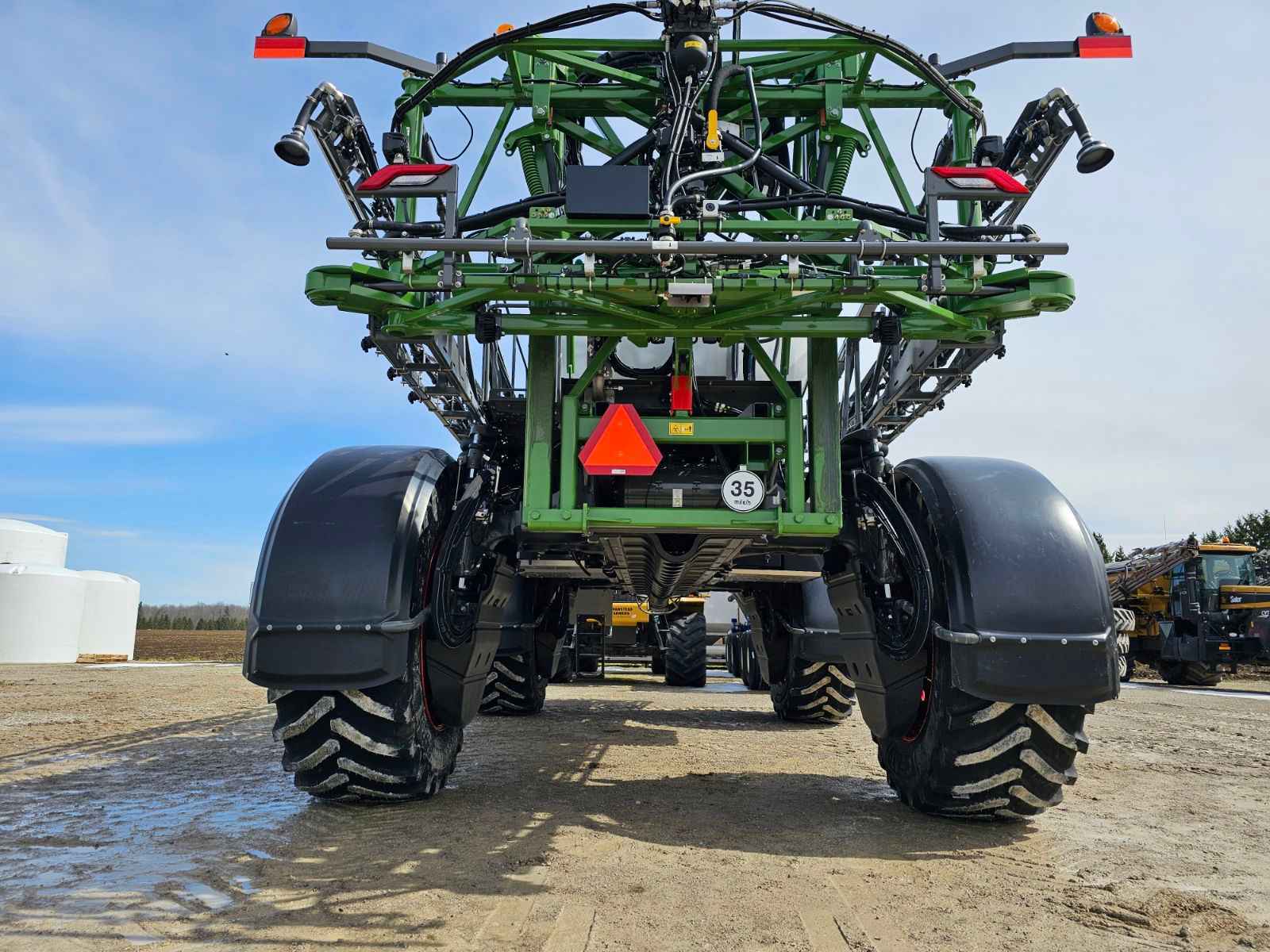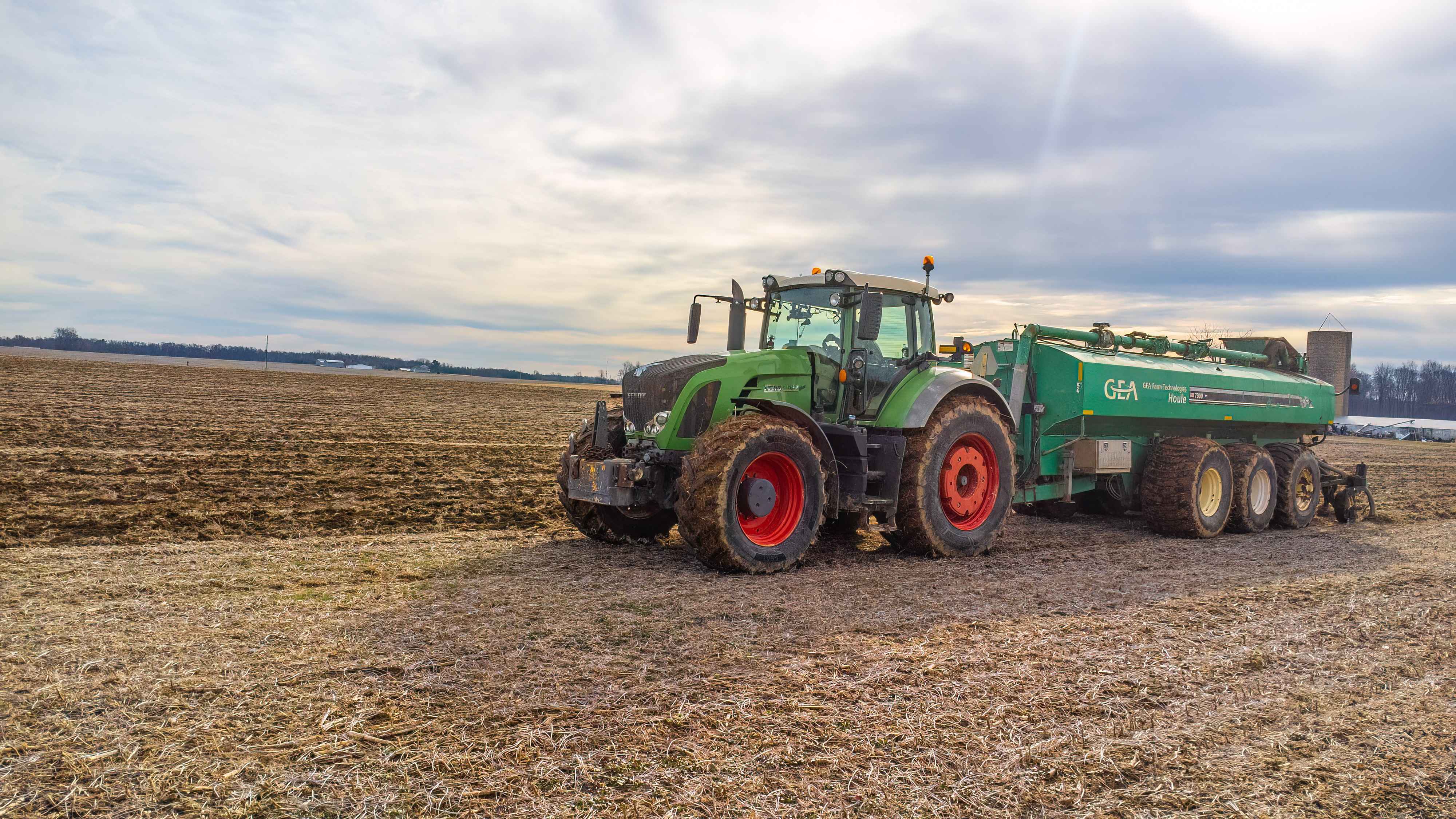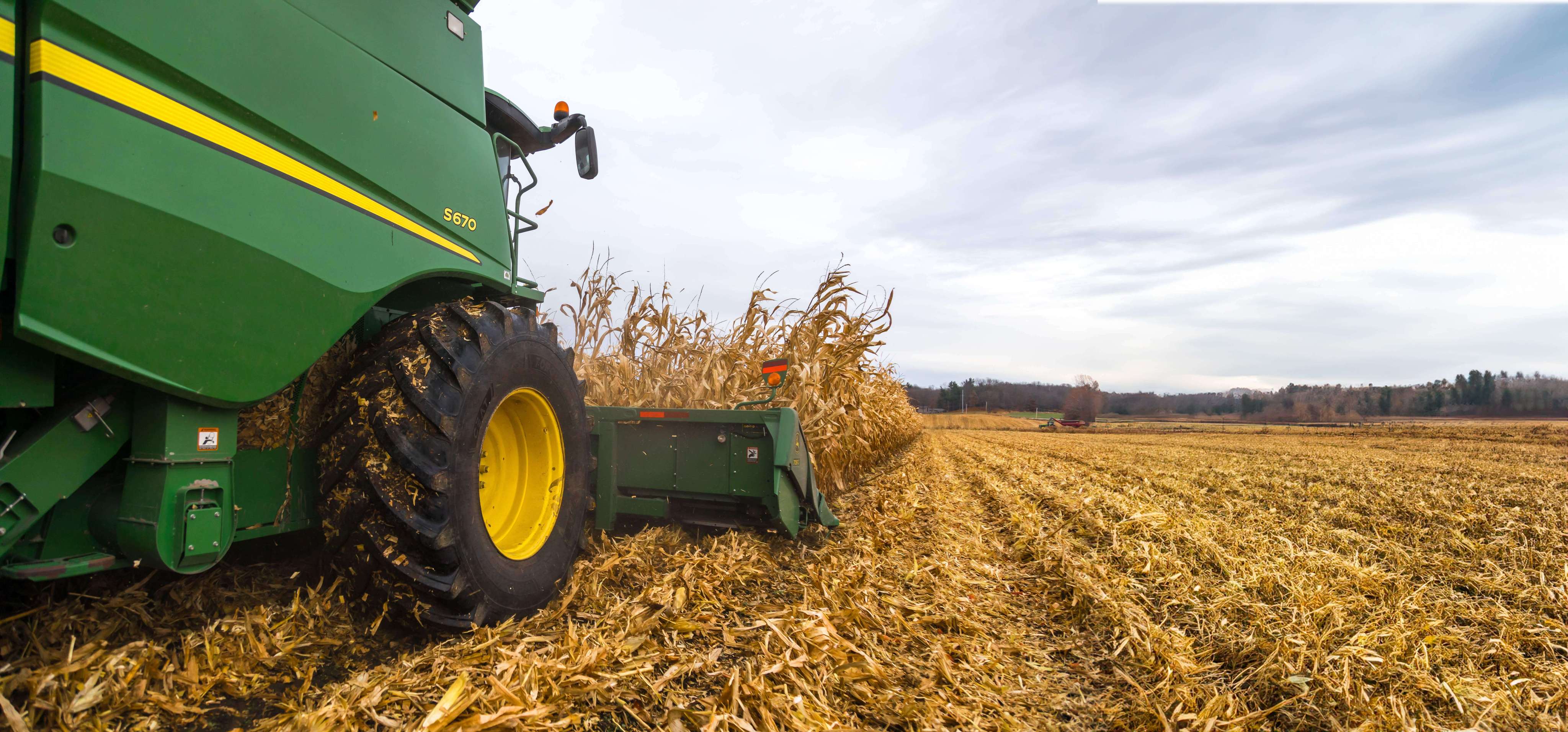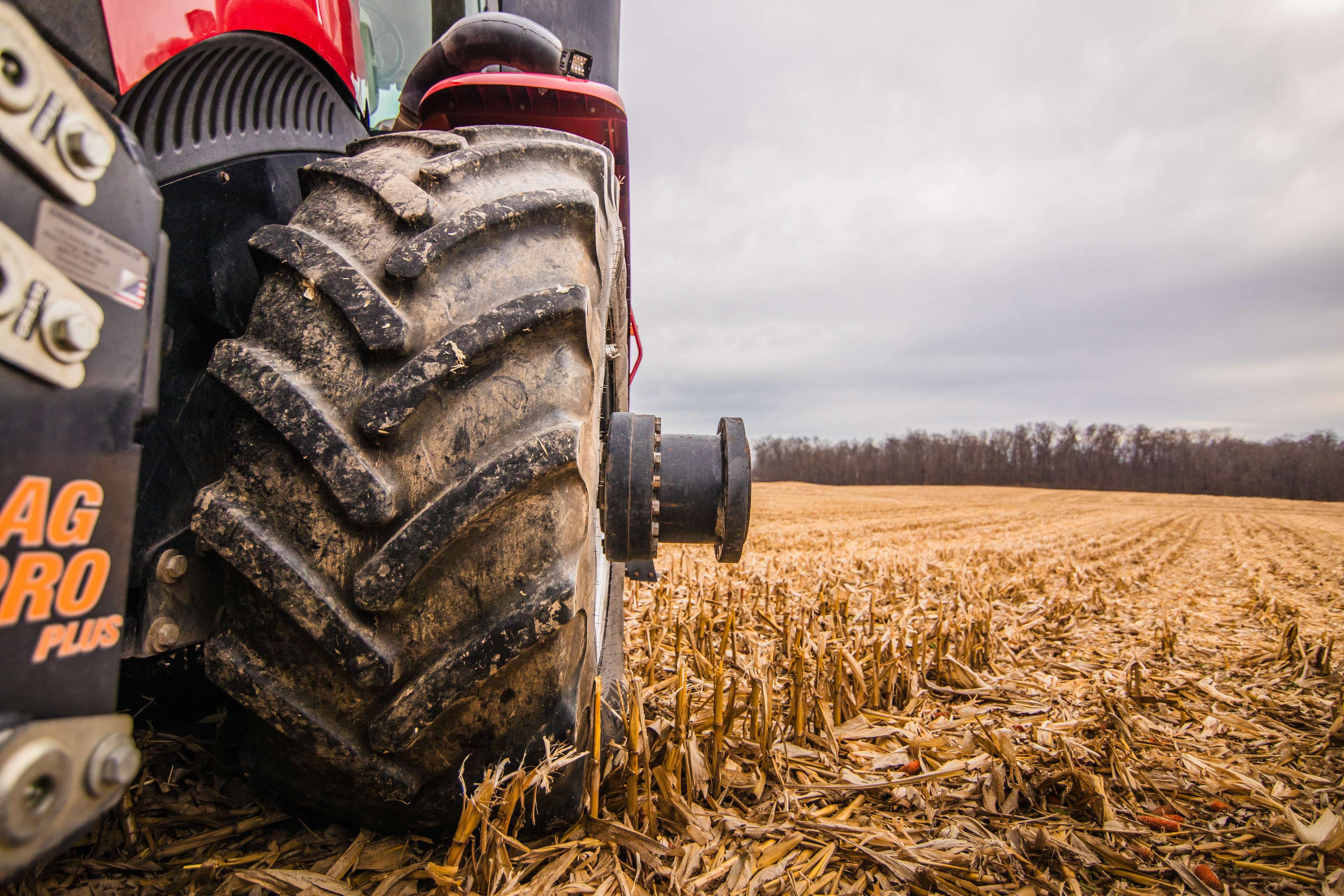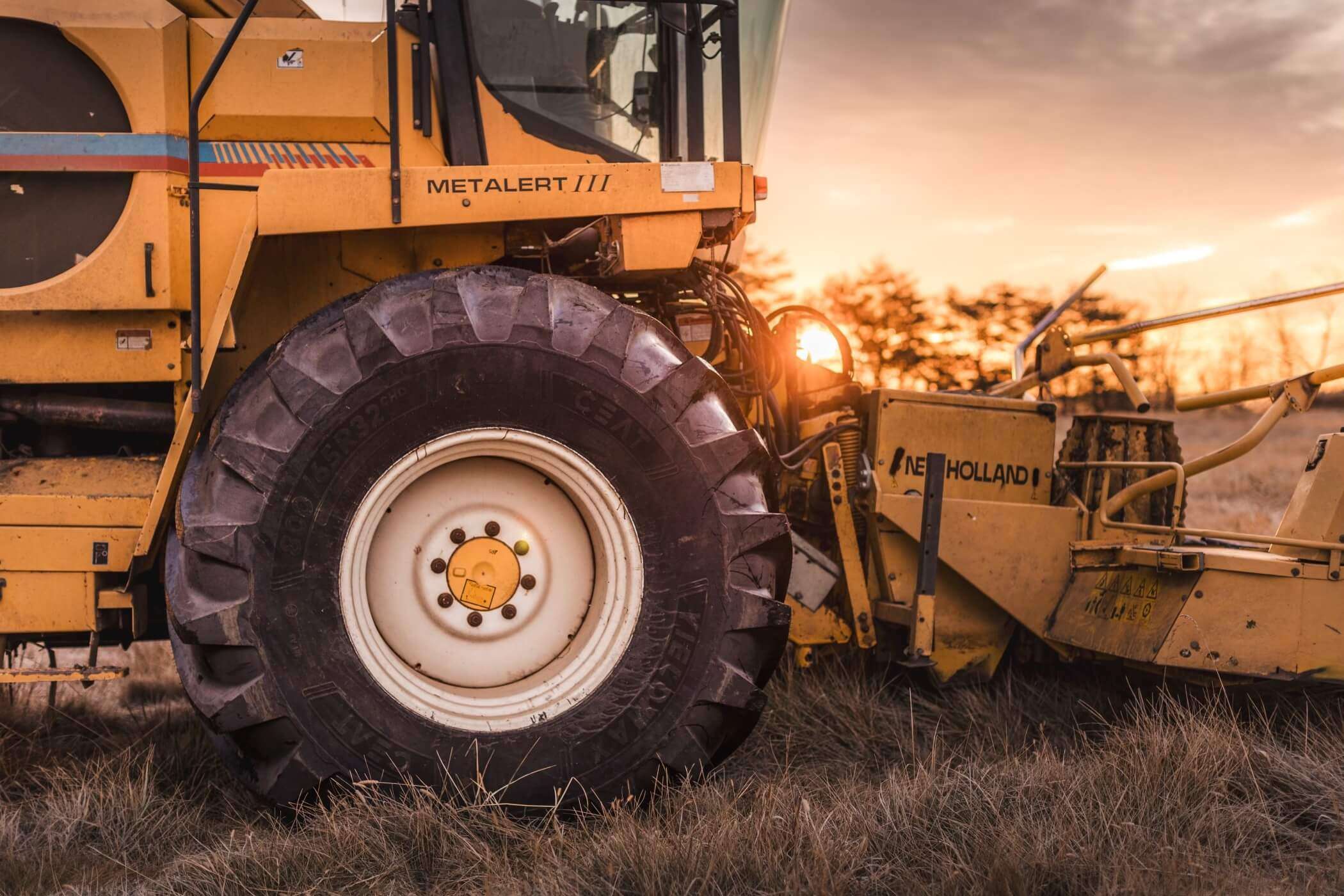ceat-speciality:blogs-tags/all,ceat-speciality:blogs-tags/tire-advice
Understanding Ag Tire Terminology
Thu, 21 Nov 2024 | PRODUCTS
When purchasing farm tires, understanding the terminology and key definitions is crucial to ensuring you select the right tires for your specific needs. Here are some important terms and concepts to familiarize yourself with:
1. Tire Size
Ag tires are usually labeled with a series of numbers that indicate the tire's size and specifications. For example, a tire marked 18.4-34 can be broken down as follows:
- 18.4: The width of the tire in inches (18.4 inches wide).
- 34: The diameter of the tire in inches (34-inch diameter).
There are also metric sizes, such as 420/85R30, where:
- 420: The tire's width in millimeters.
- 85: The aspect ratio (percentage of tire height relative to the width).
- R30: The radial construction (R) and the diameter of the rim (30 inches).
2. Aspect Ratio
The aspect ratio refers to the ratio of the tire's height to its width. For example, in an 18.4-34 tire, the aspect ratio would be approximately 80% (the height is 80% of the width). Tires with lower aspect ratios are generally wider, while those with higher ratios tend to be taller.
3. Radial vs. Bias Ply
- Radial Tires: The plies (layers of fabric or steel) are arranged at a 90-degree angle to the direction of travel, offering better flexibility, improved traction, and more fuel efficiency. Most modern farm tractors use radial tires.
- Bias Ply Tires: The plies are arranged at an angle (usually 45 degrees) to the direction of travel, giving the tire a stiffer, more durable structure. Bia tires can be the right choice for certain applications; your trusted tire dealer can help guide you in deciding whether to go radial or bias.
The CEAT LOADPRO bias tire, for example, is designed with an optimized lug to reduce uneven wear-out and provide better stability. The high denier textile casing, combined with superior quality tread, makes it suitable for backhoe loader and tele-handlers in agro-industrial, lifting and loading applications.
4. Load Index
The load index is a number that represents the maximum load a tire can carry. It's essential for ensuring the tires are rated to handle the weight of the tractor and any implement being towed or carried.
5. Speed Rating
This is a letter that indicates the maximum speed the tire can safely sustain for extended periods. It's typically not a critical factor for farm tractors, but it’s still good to know. For instance, a speed rating of A8 might indicate a maximum speed of around 25 mph.
6. Tire Tread Pattern
The tread design on the tire will significantly affect performance. Common tread patterns for farm tractors include:
- R1 (Agricultural): Deep, lugged tread that provides excellent traction on loose soil, muddy fields, and uneven terrain.
- R1W (Winter): Similar to R1 but designed for improved traction in winter conditions.
- R2 (Rice and Swamp): Very deep lugs designed for wet, swampy conditions.
- R3 (Turf): Shallower, wider lugs that are gentler on grass or turf surfaces, making them ideal for mowing or landscaping.
- R4 (Industrial): More robust, flatter tread designed for working on hard surfaces like roads and pavements. It’s ideal for loaders and other heavy-duty equipment.
7. Tire Pressure
Maintaining the correct tire pressure is crucial for safety, efficiency, and tire longevity. Overinflated or underinflated tires can lead to uneven wear, decreased fuel efficiency, and potentially unsafe handling. Tire pressure varies based on the load and size of the tire, so always consult the manufacturer’s recommendations.
8. Tire Ply Rating
The ply rating refers to the strength of the tire. In older bias ply tires, the ply rating represented the number of plies in the tire, but today it typically refers to the tire’s load-bearing capacity. A higher ply rating indicates a stronger tire capable of handling more weight.
9. Sidewall Markings
In addition to the tire size and type, the sidewall of a tractor tire will often feature additional information, such as:
- Max Load: Maximum weight the tire can carry.
- Max Pressure: The maximum inflation pressure.
- DOT Certification: Indicates the tire meets the U.S. Department of Transportation standards.
10. Tire Construction
Tractor tires can be made with either radial or bias ply construction:
- Radial Tires: Use steel belts beneath the tread for strength and durability. They provide a smoother ride, better traction, and longer wear.
- Bias Ply Tires: Older design, offering strength but with more rigid construction, often leading to less comfort and uneven wear.
Conclusion:
When talking to your local tire dealer, be sure to specify what type of farming work you’ll be doing (e.g., tilling, hauling, irrigation, etc.), and the kind of terrain you’ll encounter (e.g., soft, wet ground, or hard, dry fields). This will help your dealer recommend the best tires for your specific needs, ensuring that you maximize efficiency and get the most value out of your purchase.


